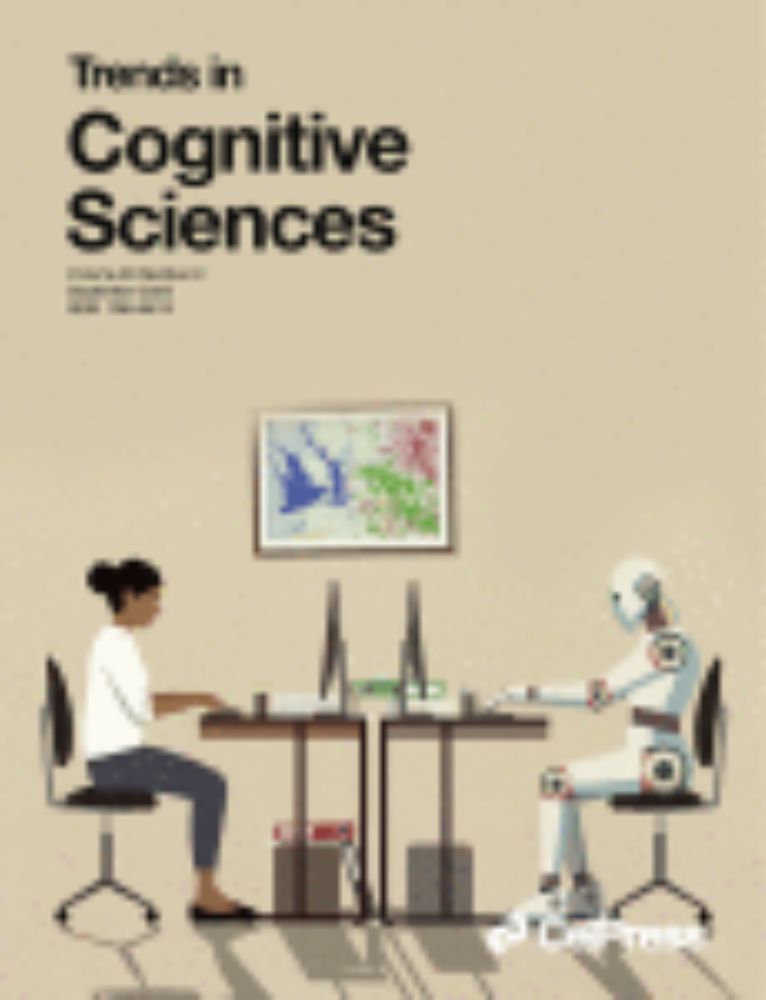David Amadeus Vogelsang
@davogelsang.bsky.social
30 followers
120 following
12 posts
Lecturer in Brain & Cognition at the University of Amsterdam
Posts
Media
Videos
Starter Packs
Reposted by David Amadeus Vogelsang
Reposted by David Amadeus Vogelsang
Reposted by David Amadeus Vogelsang






